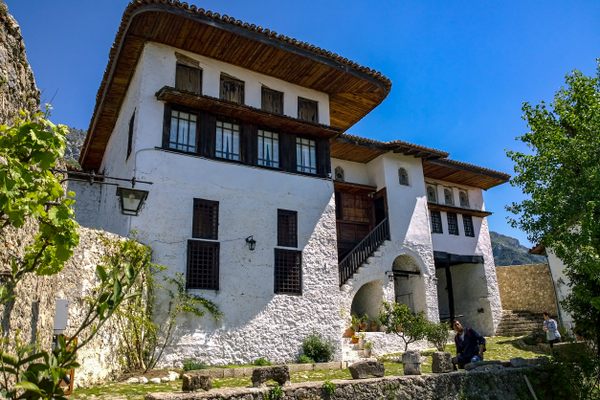About
When Frederick Banting returned to Canada after serving as a doctor in World War I, he hoped to settle in Toronto. But a glut of physicians in that city forced him to move to smaller London, Ontario, where he bought a house in 1920 and opened a medical practice.
After he was asked to give a lecture on the pancreas at the nearby University of Western Ontario, Banting began to research and ponder that organ’s dysfunction. He went to bed on October 30, 1920 in the small upstairs bedroom, only to awaken at 2 a.m. with his big idea: how insulin could prolong the lives of Type 1 diabetics.
Less than a year later, Banting sold the house and returned to Toronto, where he conducted the experiments and trials that led to the confirmation of his discovery. In 1923, he was jointly awarded the Nobel Prize in Medicine for his work, and he was knighted in 1934.
In 1981, the Canadian Diabetes Association bought the house and turned it into a museum in 1984. In 1989, Her Majesty Queen Elizabeth The Queen Mother visited, where she unveiled a statue of Banting and lit the Flame of Hope, which will only be extinguished when a cure for diabetes is found. In 1999, Banting House was officially designated a National Historic Site of Canada and recognized as “the birthplace of insulin.”
Visitors can tour the house themselves or via a guide and see the room where Banting practiced medicine as well as the bedroom where he had his eureka moment. One room is dedicated to the Queen Mother’s visit, while another holds proficient paintings made by Banting himself, many in the “Group of Seven” style. Outside in the adjacent garden, you can view the Banting statue and also see the Flame of Hope.
Related Tags
Know Before You Go
Banting House is open Tuesday through Friday from 12:00 p.m. to 4:00 p.m. and Saturday and Sunday 11:00 a.m. to 4:00 p.m. The museum charges a modest entrance fee, and there is a small gift shop on site.
Community Contributors
Added By
Published
November 21, 2019































